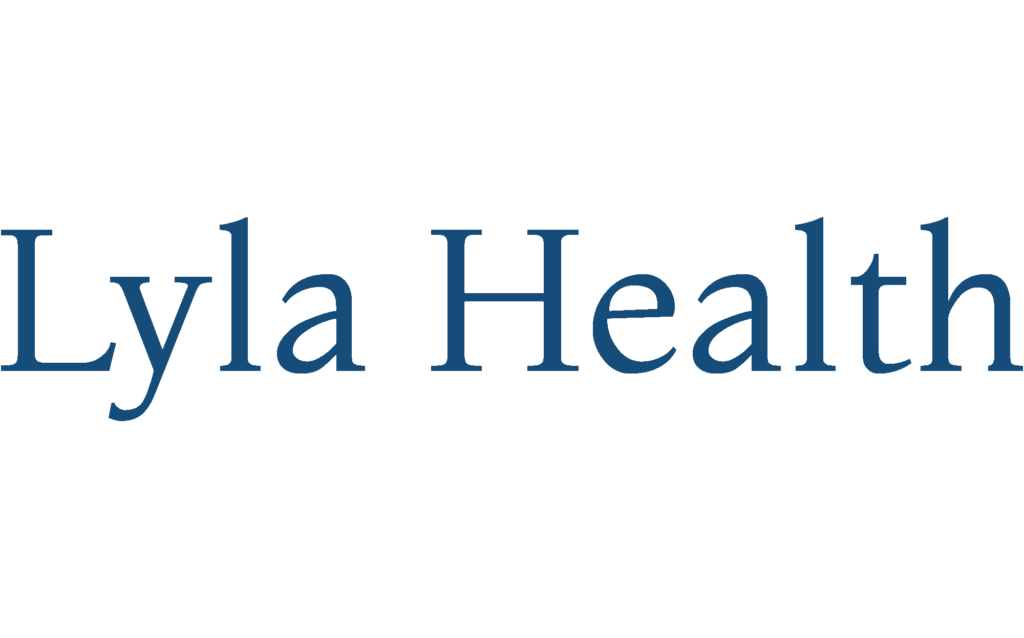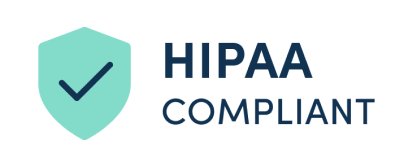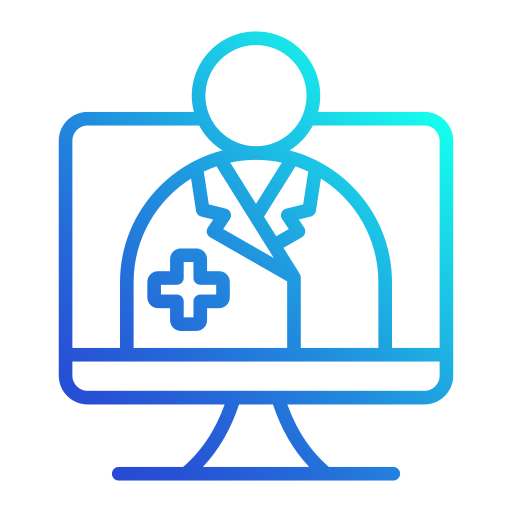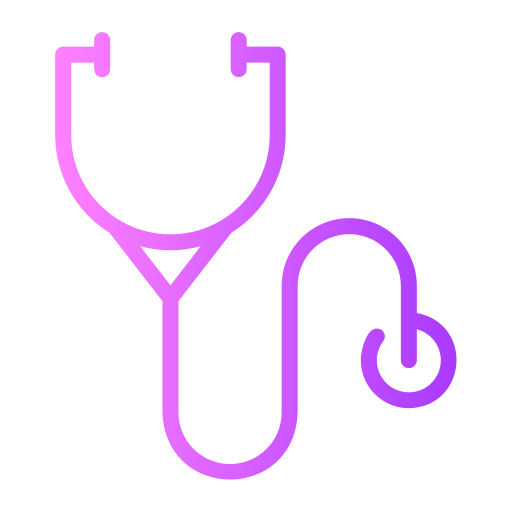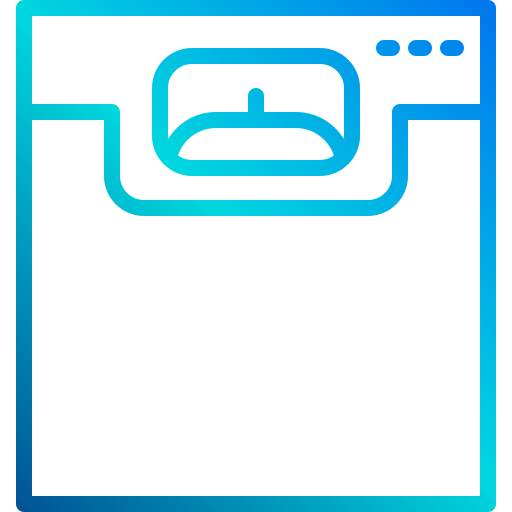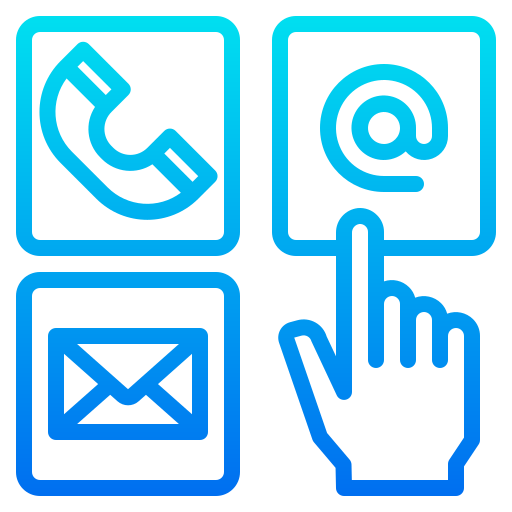Breaking the Language Barrier in Healthcare

Introduction
Effective communication is at the heart of quality healthcare. Yet, for millions of people with limited English proficiency (LEP), accessing and understanding medical services remains a significant challenge. Language barriers can lead to misdiagnoses, improper treatment, and a lack of trust in the healthcare system. In this context, bilingual clinicians and virtual health platforms are emerging as transformative solutions to bridge the communication gap and ensure equitable care.
The Challenges of Language Barriers in Healthcare
This communication gap disproportionately affects immigrant communities, rural areas, and regions with diverse populations. It also places additional strain on healthcare providers, who may rely on untrained interpreters or family members to facilitate conversations, leading to potential breaches in confidentiality and inaccuracies in translation.
The Role of Bilingual Clinicians
Bilingual clinicians are uniquely positioned to address these challenges. By speaking the native languages of their patients, they can:
- Foster Trust and Rapport: Language is deeply tied to culture. When clinicians speak the same language as their patients, it creates a sense of understanding and respect, building stronger relationships and encouraging open communication.
- Enhance Accuracy: Direct communication reduces the risk of misinterpretation and ensures that patients can fully articulate their concerns, leading to more accurate diagnoses and effective treatments.
- Empower Communities: Bilingual clinicians serve as role models and advocates within their communities, inspiring others to prioritize health and seek medical attention when needed.
How Virtual Health Breaks Down Barriers
Virtual health platforms further amplify the impact of bilingual clinicians by increasing access and convenience. Here’s how:
- Expanding Access to Bilingual Providers: Virtual health eliminates geographical constraints, allowing patients to connect with bilingual clinicians who understand their language and cultural context, regardless of location.
- Providing Comfort and Privacy: For many LEP patients, discussing health issues in their native language from the comfort of home reduces anxiety and fosters a safe environment for honest communication.
- Streamlining Care Delivery: Virtual platforms offer end-to-end solutions, including consultations, diagnostics, and prescriptions, all in the patient’s preferred language. This seamless experience ensures continuity of care and enhances patient satisfaction.
The Path Forward
Breaking the language barrier in healthcare requires a multifaceted approach. Healthcare organizations must prioritize hiring and training bilingual clinicians while leveraging technology to extend their reach. Community outreach programs can further support LEP populations by raising awareness about available resources and reducing the stigma of seeking care.
At its core, addressing language barriers is about recognizing the humanity of every patient and ensuring that no one is left behind in their pursuit of health and well-being. By combining the cultural competence of bilingual clinicians with the accessibility of virtual health, we can create a more inclusive and effective healthcare system.
Healthcare is not one-size-fits-all. When we embrace diversity and innovation, we empower individuals and communities to thrive—one conversation at a time.
